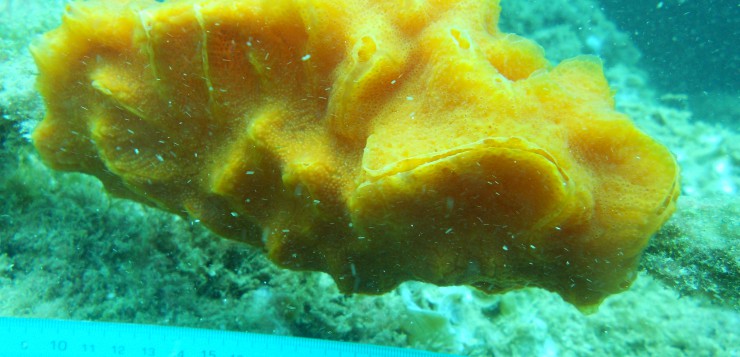Ribes, Marta; Dziallas, Claudia; Coma, Rafael; Riemann, Lasse. Applied and Environmental Microbiology 81: 5683-5693 (2015) DIGITAL.CSIC
Microbial communities associated with marine sponges carry out nutrient transformations essential for benthic-pelagic coupling; however, knowledge about their composition and function is still sparse. We evaluated the richness and diversity of prokaryotic assemblages associated with three high-microbial-abundance (HMA) and three low-microbial-abundance (LMA) sympatric Mediterranean sponges to address their stability and uniqueness. Moreover, to examine functionality and because an imbalance between nitrogen ingestion and excretion has been observed for some of these species, we sequenced nitrogenase genes (nifH) and measured N2 fixation. The prokaryotic communities in the two sponge types did not differ in terms of richness, but the highest diversity was found in HMA sponges. Moreover, the discrete composition of the communities in the two sponge types relative to that in the surrounding seawater indicated that horizontal transmission and vertical transmission affect the microbiomes associated with the two sponge categories. nifH genes were found in all LMA species and sporadically in one HMA species, and about half of the nifH gene sequences were common between the different sponge species and were also found in the surrounding water, suggesting horizontal transmission. 15N2-enriched incubations showed that N2 fixation was measurable in the water but was not associated with the sponges. Also, the analysis of the isotopic ratio of 15N to14N in sponge tissue indicated that N2 fixation is not an important source of nitrogen in these Mediterranean sponges. Overall, our results suggest that compositional and functional features differ between the prokaryotic communities associated with HMA and LMA sponges, which may affect sponge ecology.


